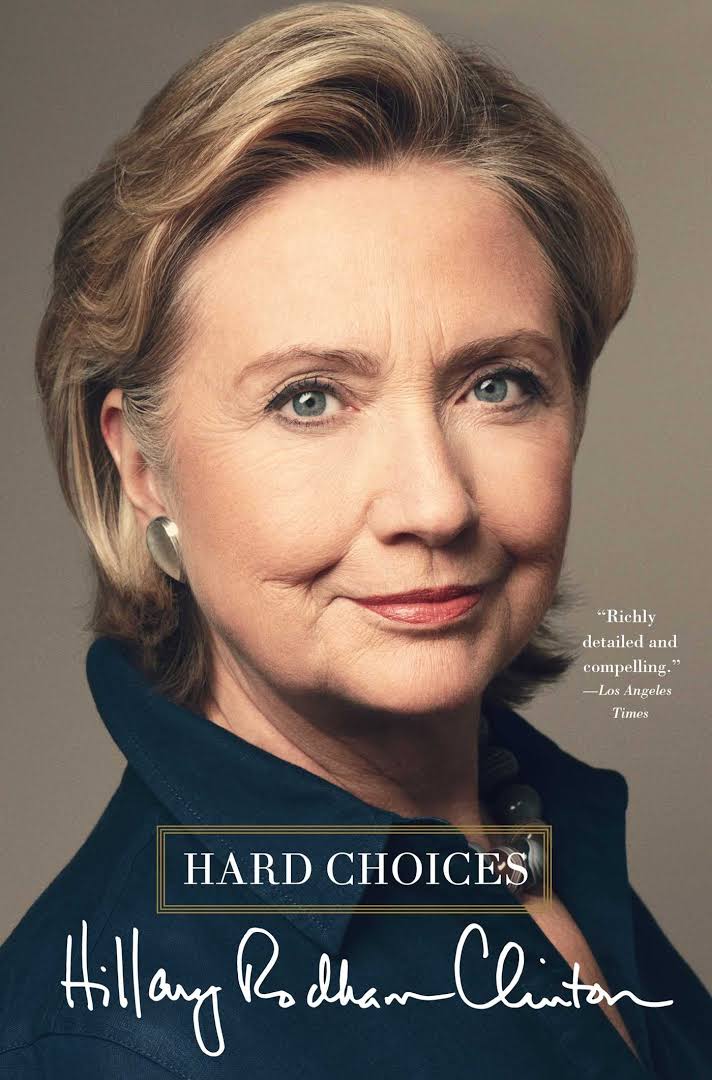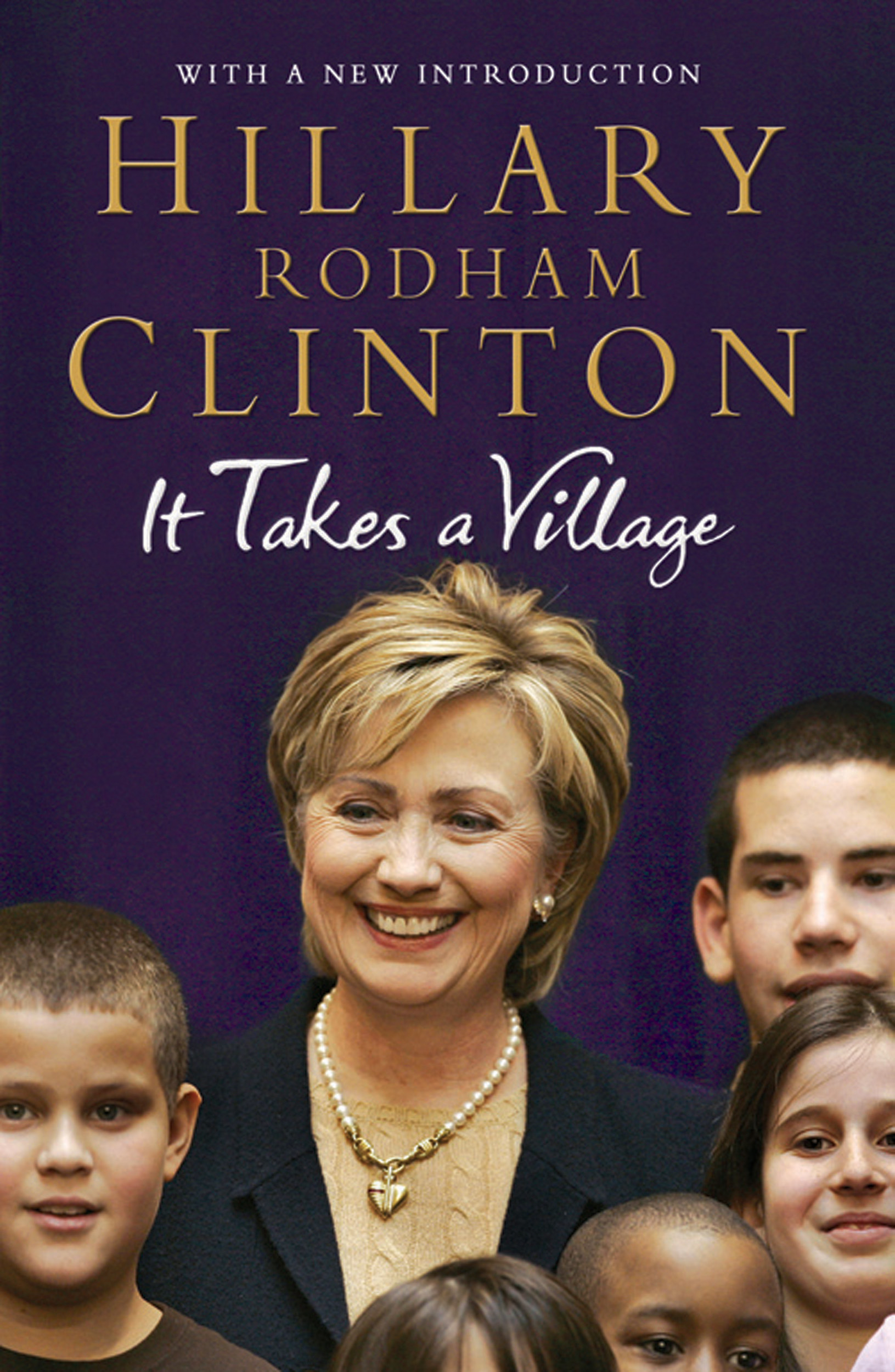Hillary Clinton’s website, hillaryclinton.com, and the Democratic Party platform stress their longstanding commitment to people with disabilities. Clinton welcomes statutory and regulatory protections. She has urged us all to acknowledge how the disabilities community has played an important role in changing things for the better in our country. [source] Anastasia Somoza, who has been deeply involved in that movement and has known Clinton for years, spoke on her behalf at the Democratic convention. [source] [source] [source]
The Americans with Disabilities Act (ADA) of 1990 was a tremendous step forward: It opened educational opportunities, expanded transportation, improved access to the built environment made sure everyone can enter buildings, and banned refusals to hire, retain or promote qualified workers based on disabilities that could and should be accommodated. It ensured that no one would be turned down for a job because of a disability. Yet conservative judges refused to honor the ADA’s provisions and created a Catch-22 situation. Either workers were not “disabled” within the meaning of the Act, or if they were, they were “not otherwise qualified” to perform the positions they sought. In 2008, a House and Senate controlled by Democrats passed amendments to the ADA making it a far more powerful force on behalf of Americans with disabilities. Hillary Clinton is committed to realizing the promise of the ADA and continuing to expand opportunity for the 50 million Americans living with a disability, because – as she says — we’re stronger together.
Hillary Clinton has made specific commitments accompanied by concrete plans:
- Expanding employment opportunities for people with disabilities, including people with significant cognitive disabilities who have historically been relegated to sheltered workshops in which they are paid almost nothing.
- Working to fulfill the promise of the Americans with Disabilities Act.
- Expanding support for Americans with disabilities to live in integrated community settings, even in states that have lagged in complying with the Supreme Court’s decision in Olmstead v. LC (1999), which said that access to needed services should not be conditioned on acceptance of segregated, institutional settings.
- Providing tax relief to help the millions of families caring for aging relatives with chronic illnesses or disabilities.
- Extending the Social Security system to recognize and reward the work performed by unpaid caregivers.
- Recognizing the frequent onset of disability during the aging process, and the particular complications created for people who lose vision, hearing, mobility and/or cognitive abilities late in life.
Hillary Clinton’s books are full of full of personal anecdotes, strongly suggesting that in large part, she wrote them herself and worked closely with any research assistants, editors, or anyone who helped her. Her books contain her thoughts on books she has read, many of which are critically important books like Betty Hart’s and Todd Risley’s Meaningful Differences in the Everyday Experience of Young American Children. Her books are single-spaced. She treats readers as intelligent people who will not necessarily agree with what she says. She writes with sometimes painful but important detail about her family of origin and her marriage to Bill Clinton. She writes in detail about her positions on issues. See our Trump page to compare.
Not all her views are “liberal.” She believes that sex education should strongly advocate abstinence, while reducing harm for adolescents who become sexually active. She supported Tipper Gore’s call for warnings on music with violent or sexually explicit lyrics. In It Takes a Village, she wrote at length about parents’ responsibilities — and the need to move more quickly for alternative homes that benefit children — when parents cannot fulfill them. Though Clinton never ties virtue to any particular religious or philosophical creed, she explains the importance in her life of her religious background, her Methodist upbringing, the social ministry that took her and other Chicagoland suburbanites into the city itself, and how she came to see issues of disability and other civil rights as critical and as connected to each other.
No one will agree with everything Clinton says, but she says what she thinks candidly, criticizing pat positions held by people on the right, left and in the middle. Clinton has not been “in power” for thirty years as Trump claims, nor are her shifts in position anywhere near as dramatic as his, but she was First Lady in Arkansas and then in the White House, a Senator from New York, and Secretary of State. Her involvement in public service has convinced her that changes in America will be gradual, and one must work across party lines to make them happen. For example, when her and her husband’s national health care initiative failed in the 1990’s, she pressed successfully, bringing in Republican support, for the Children’s Health Insurance Program. [source] She focuses on changes that she thinks are possible, if people with differing views listen to each other. In her books, she describes how as Senator and as Secretary of State, she listened to people to figure out, and then pursued and to some extent achieved what was possible. Some of the people involved in this website wish that Clinton had a more expansive sense of what is possible. Some of us support Sanders’ “political revolution” and are encouraged that when she sees positive movement — for instance, growing support for public funding for higher education so that college access can be based on merit rather than family resources — she moves in that direction. Some of us want to get back to ordinary, bipartisan politics. We share an impression that despite her years in the public eye, Clinton needs to be better understood, particularly by people for whom disability policy is critical to their individual and family futures.



